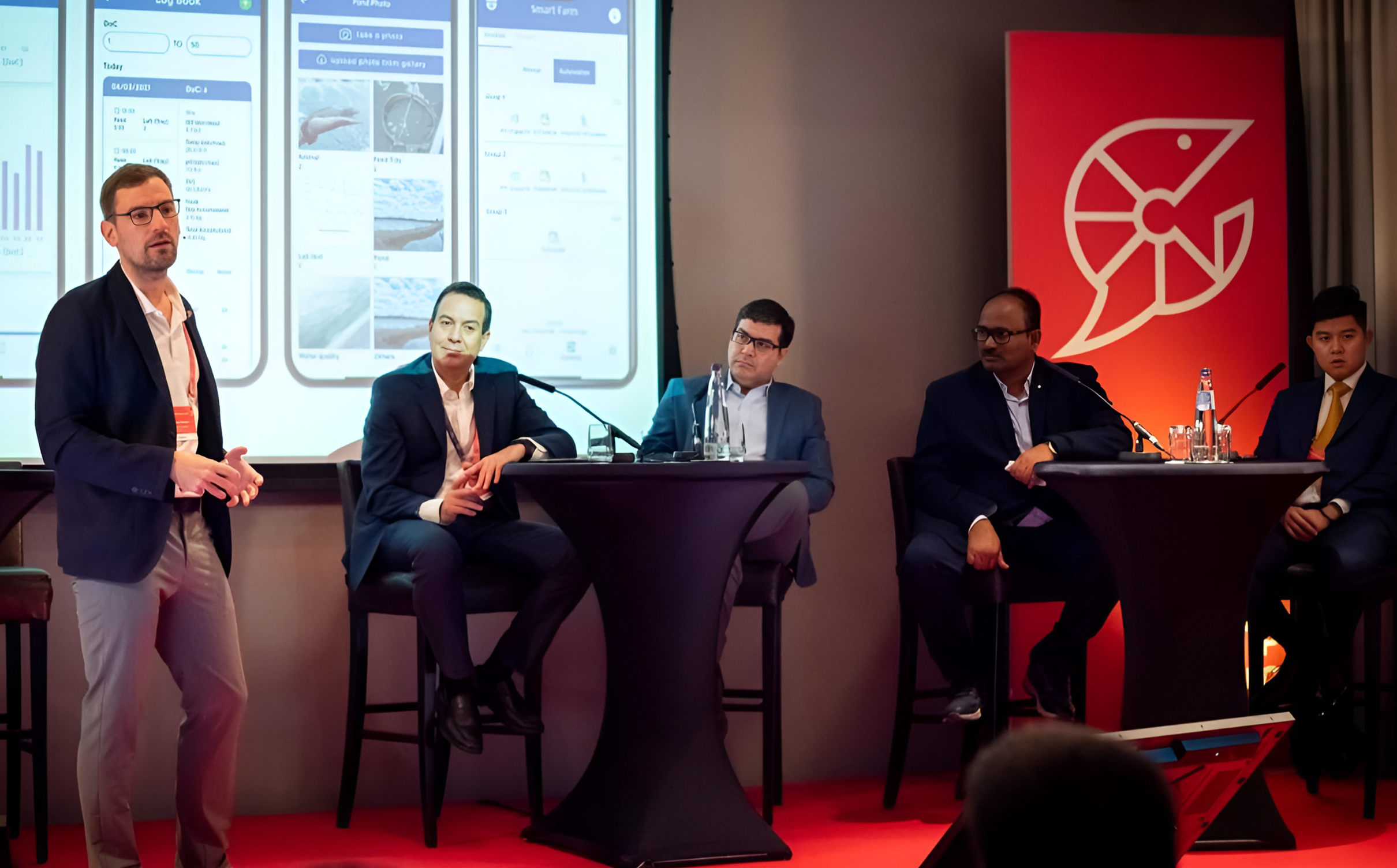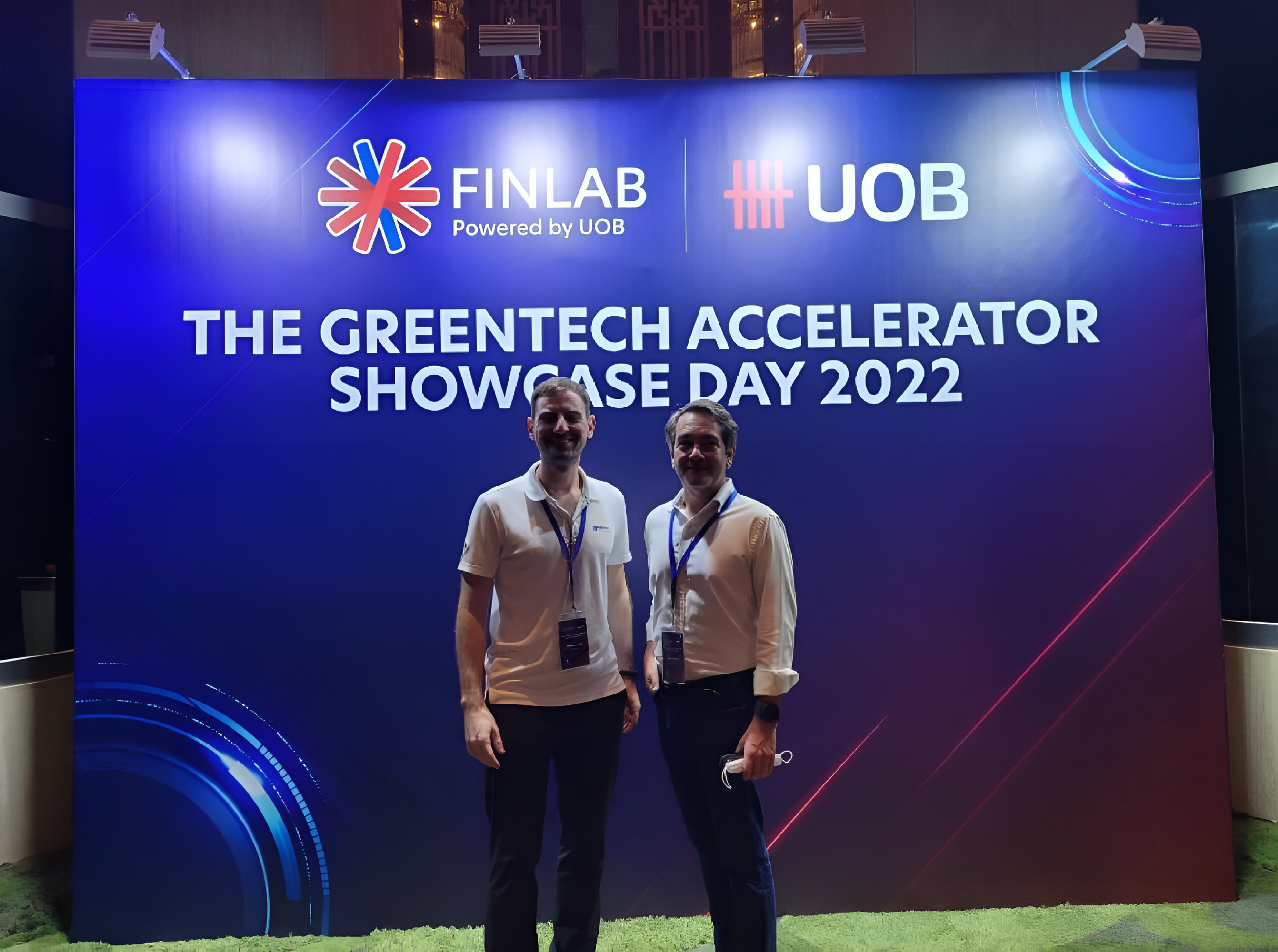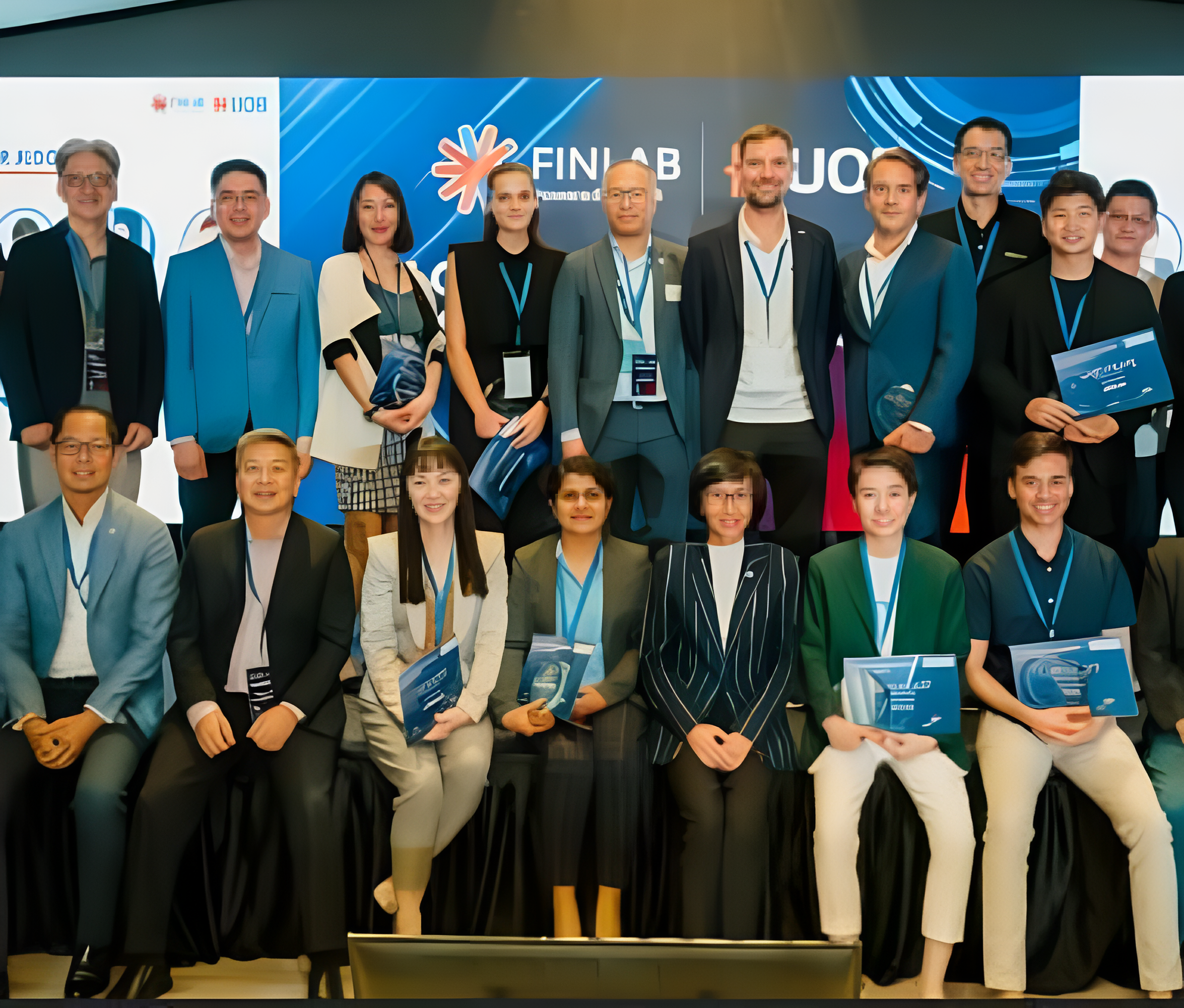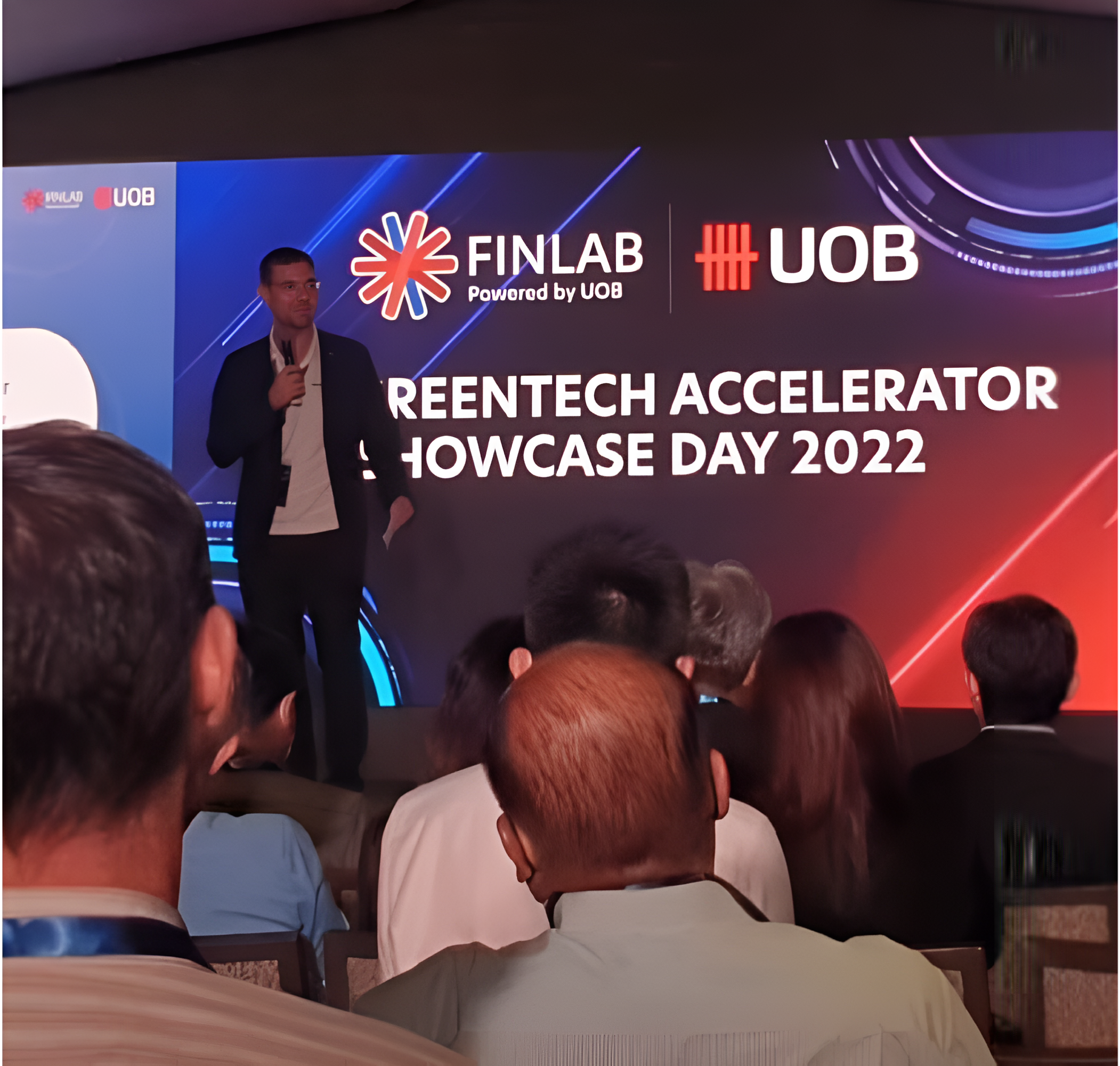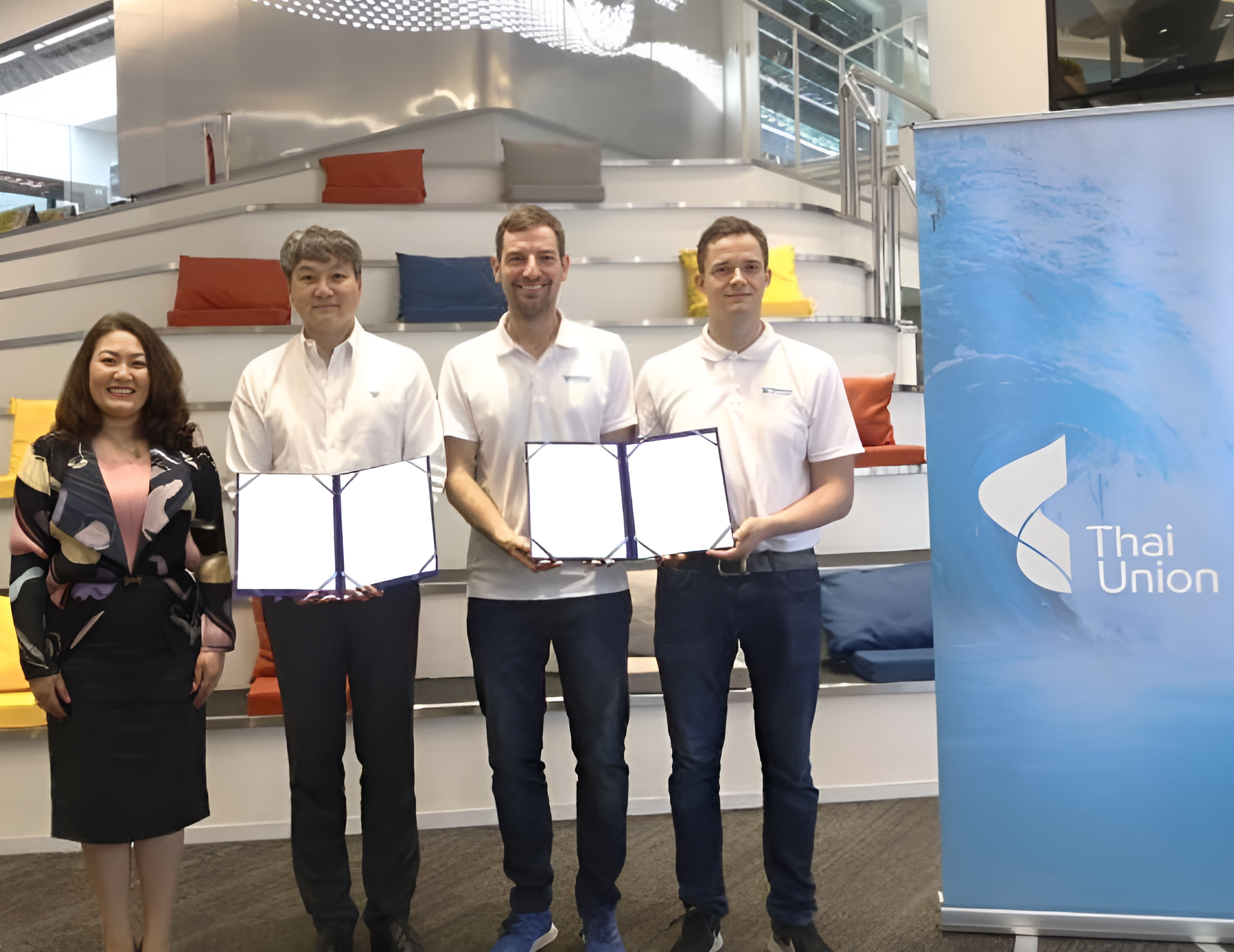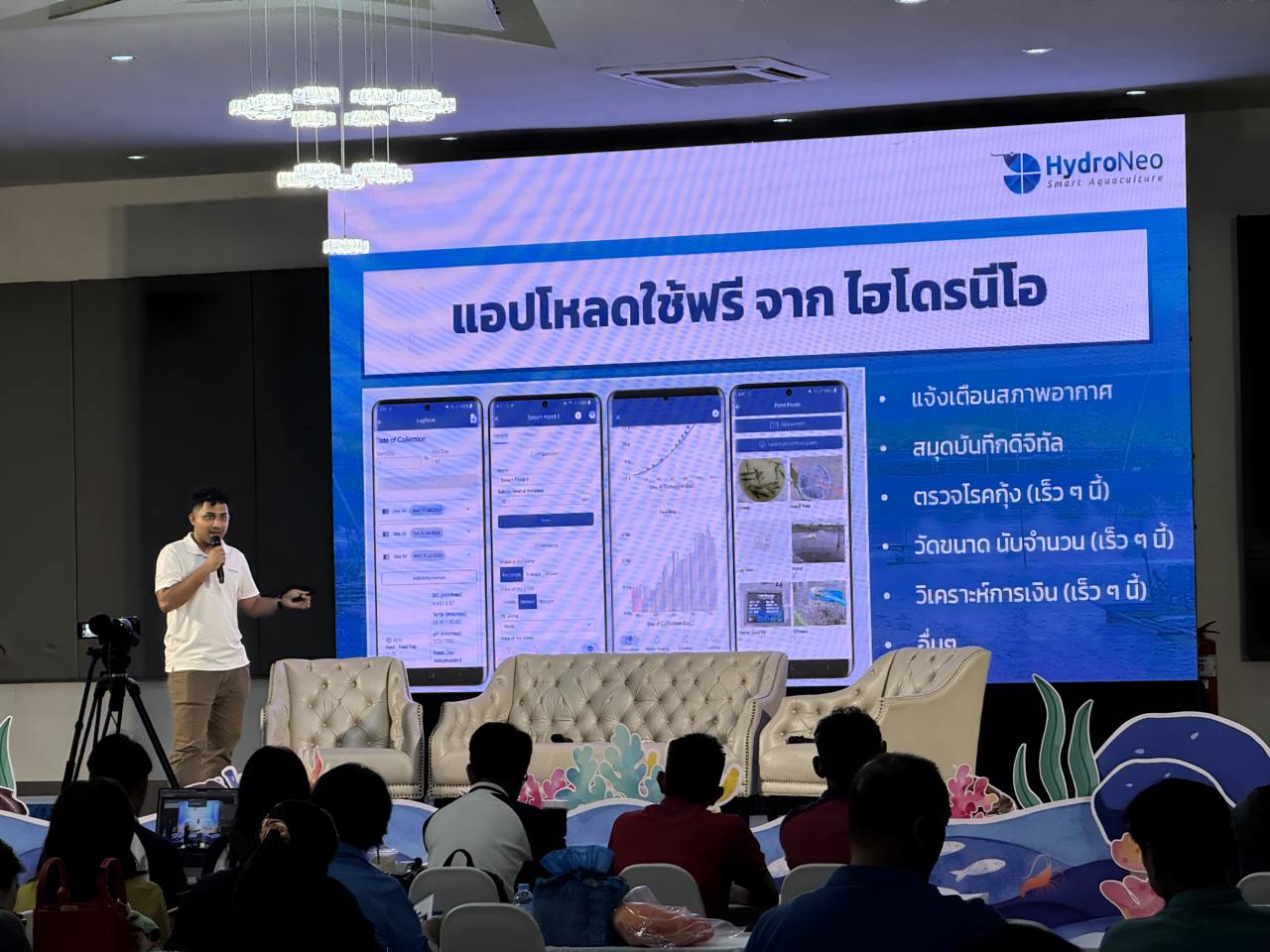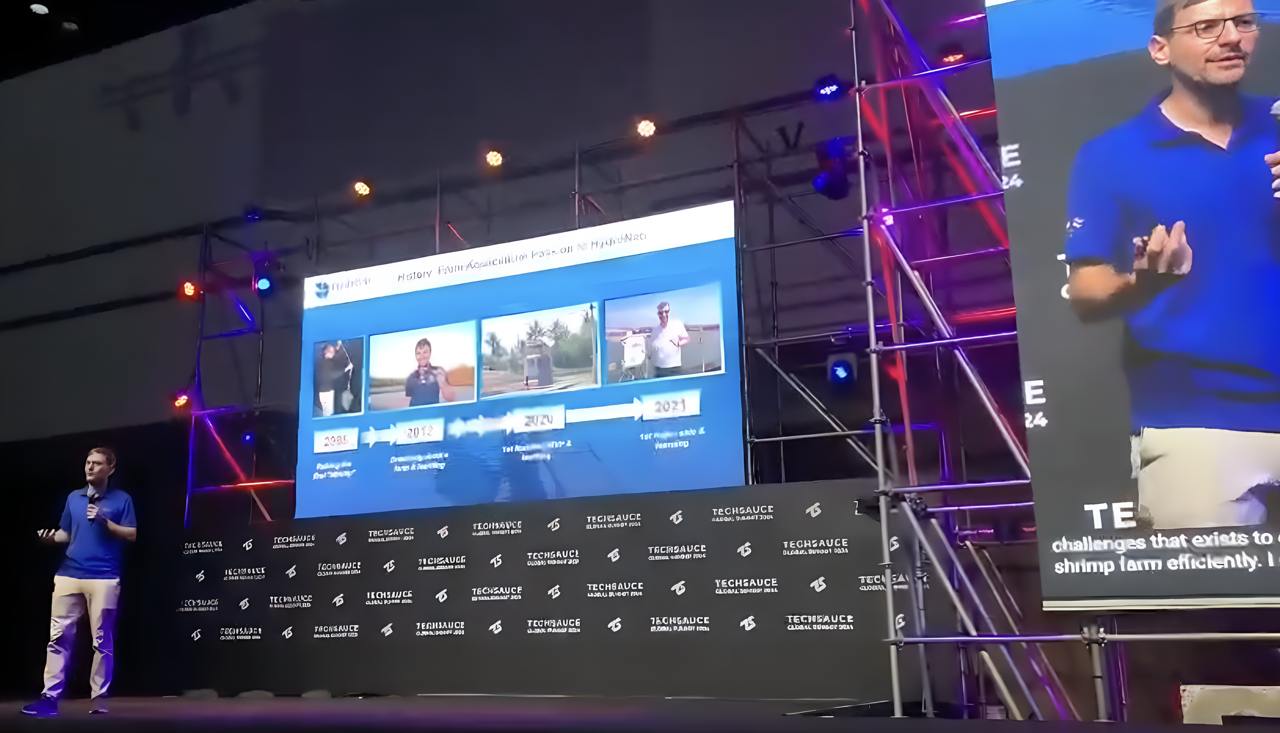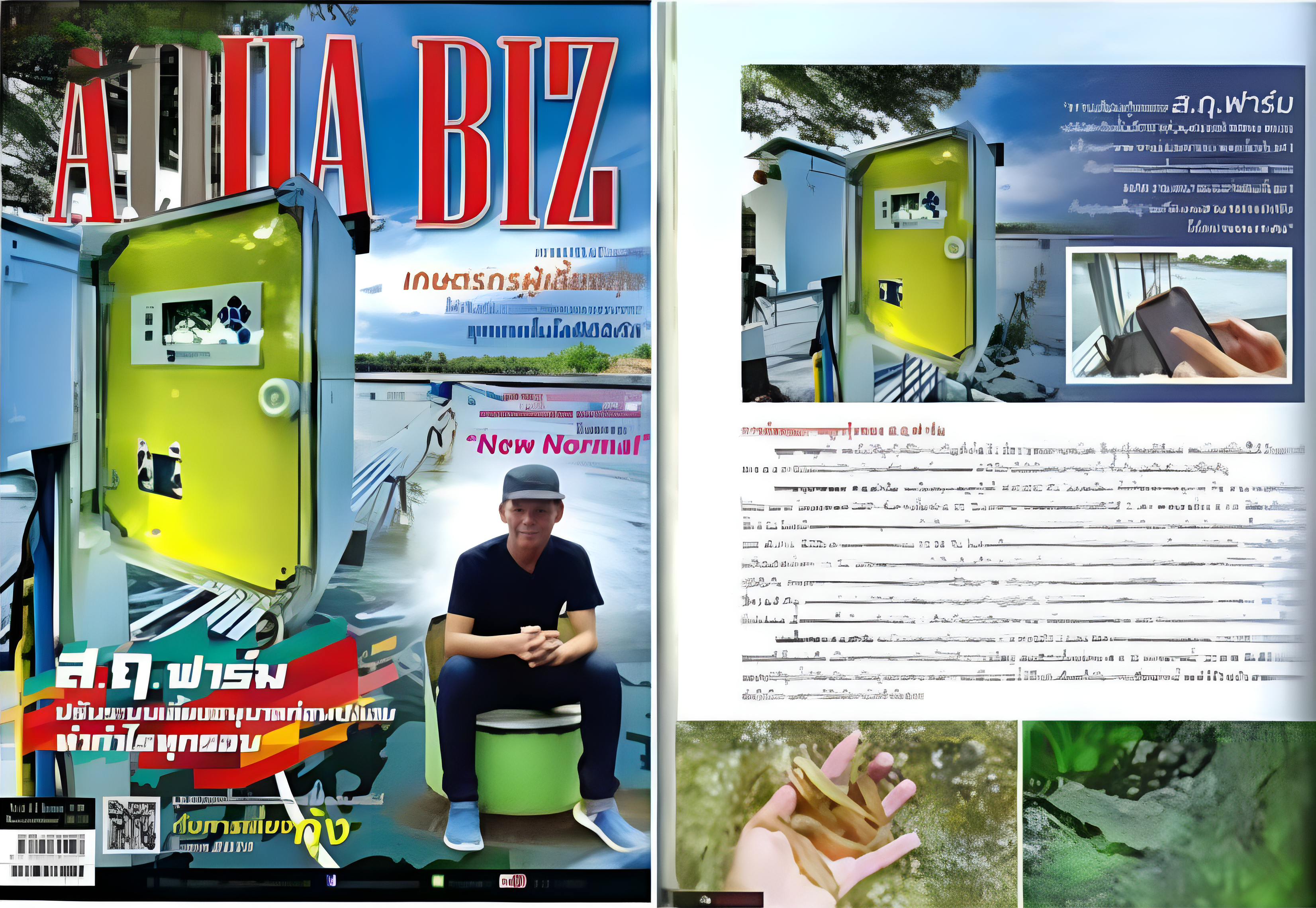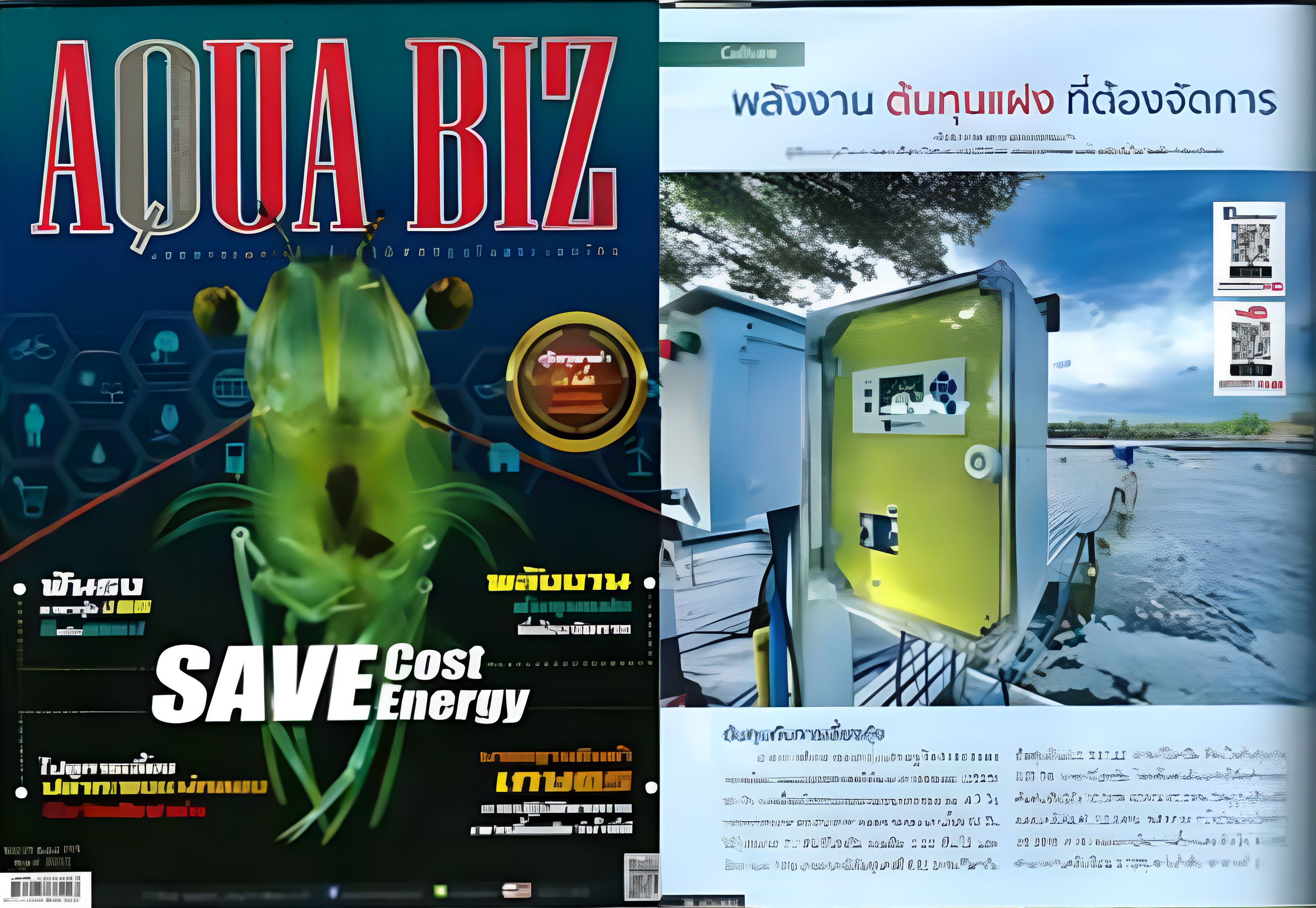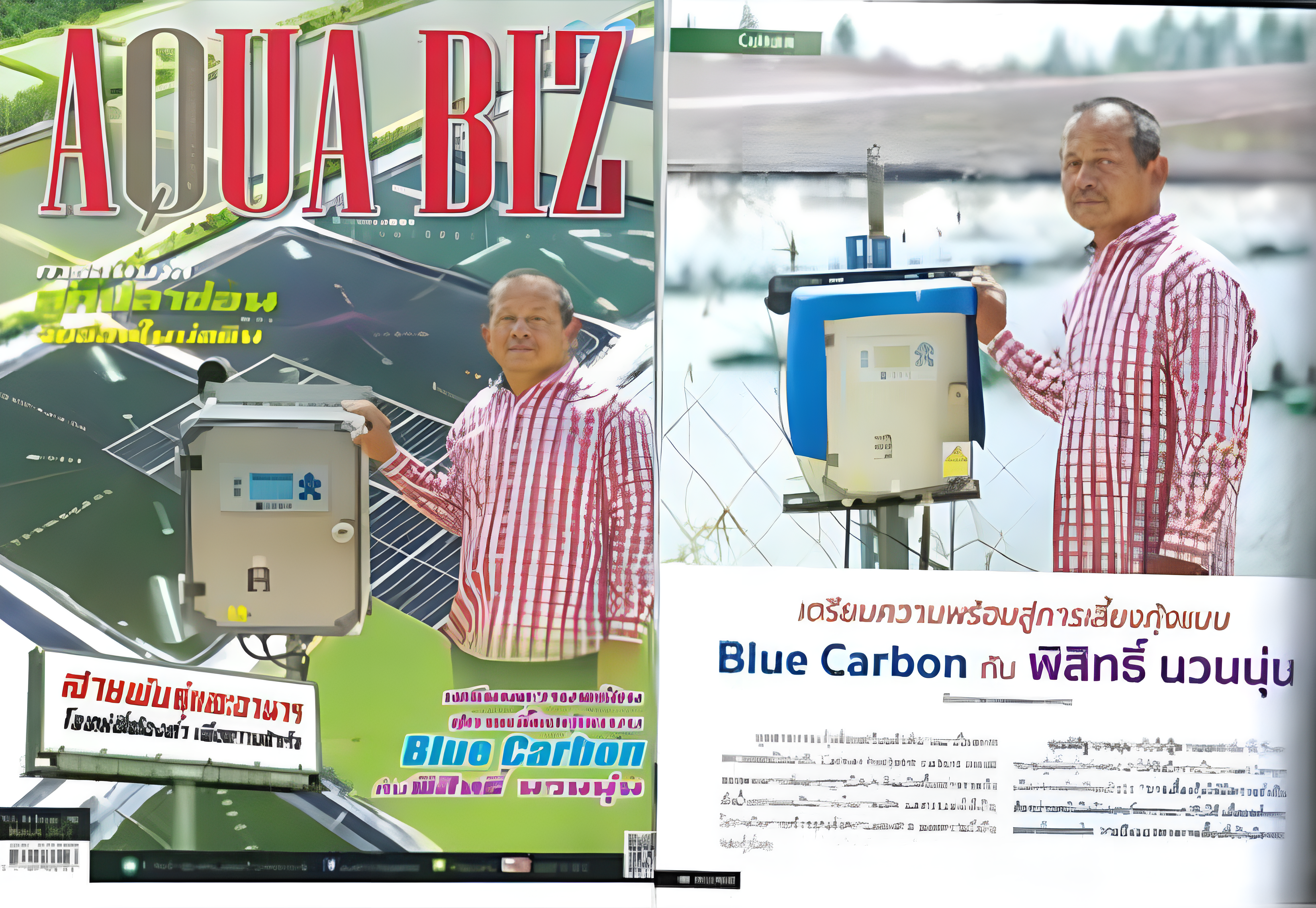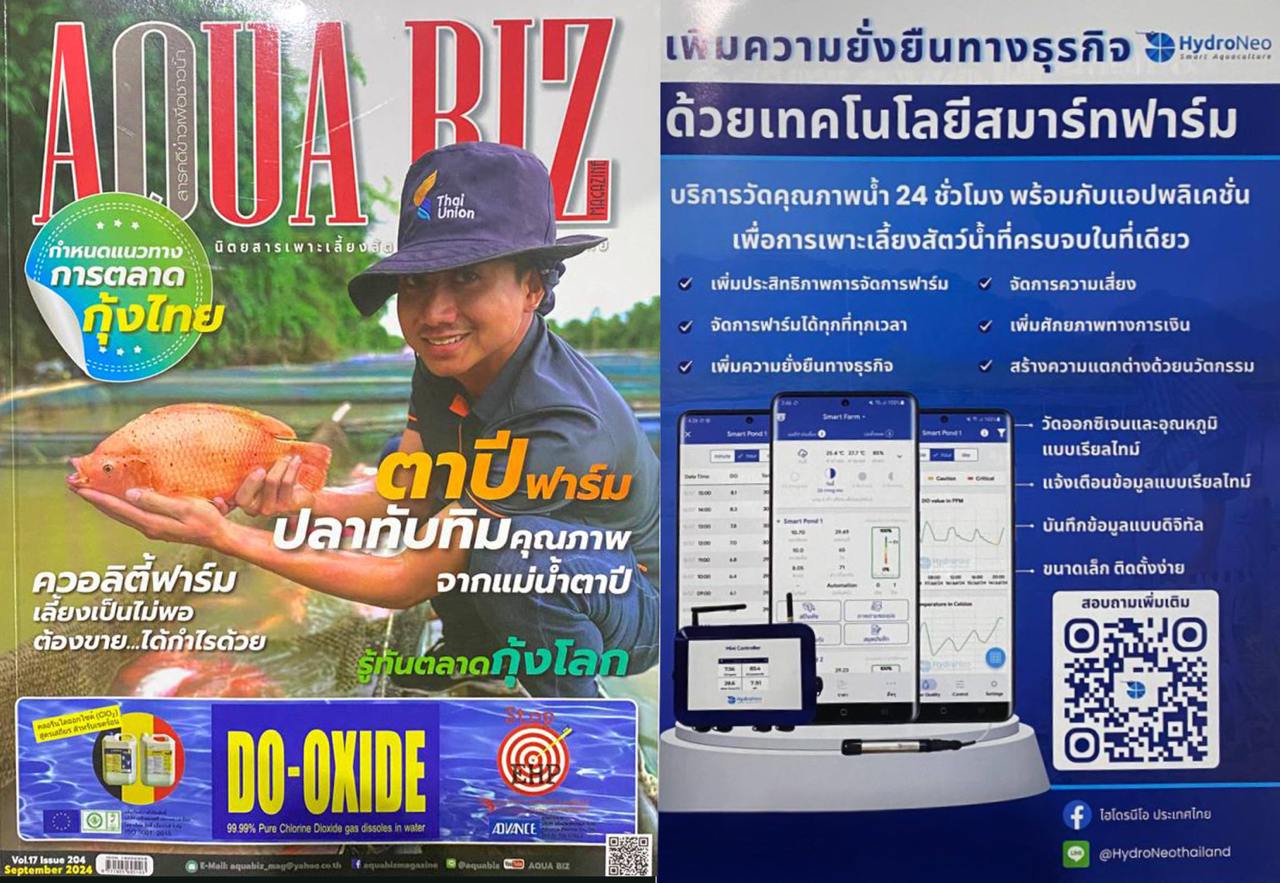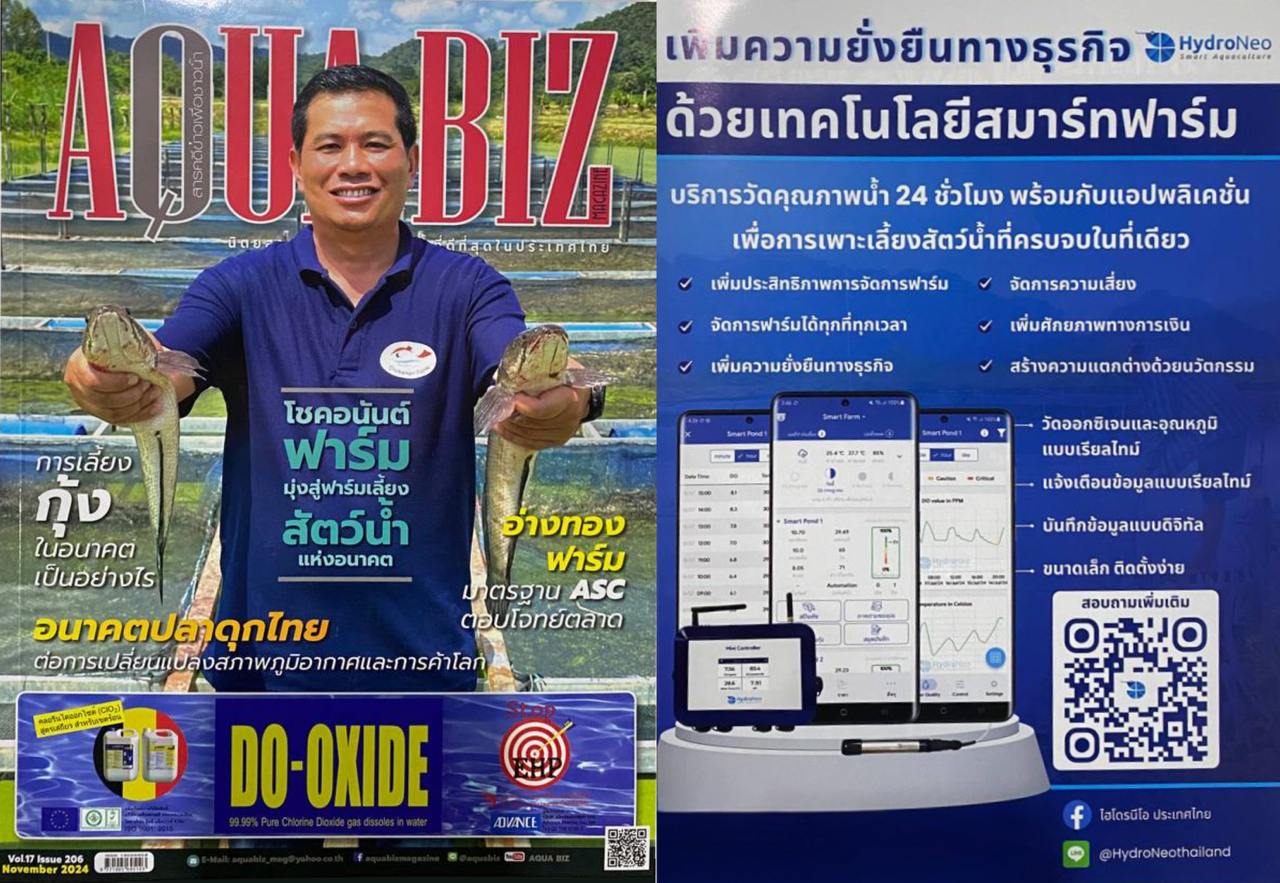HydroNeo Makes Water Monitoring
RELIABLE EFFICIENT PORTABLE SUSTAINABLE RESILIENT INNOVATIVE REVOLUTIONARY SMARTER
When Water Quality Declines,
Business Operations Are on the Line.

Imagine arriving at work to manage your shrimp ponds or start your factory shift—only to find cloudy, low‑oxygen water, sick stock in your tanks, aerators struggling to keep up, and wastewater limits exceeded.
Suddenly, you’re racing to treat the water, restart operations, and file urgent compliance reports—all while risking major losses across your business.
Negative Impacts:
- Rising Operating Costs
- Production Downtime
- Regulatory Fines
- Environmental Harm
- And many more…
This isn’t a distant issue — IT’S HAPPENING NOW! Farmers, businesses, and families face the weight of this crisis almost every single day.
When Things Go Critical
The 3 Core Water Challenges
As you scramble to save your own operations, the same water failures—plummeting dissolved‑oxygen levels, volatile temperature swings, and pH imbalances—are fueling a wider emergency across farms, factories, and our daily lives.
- Aquaculture Under Siege
Shrimp and fish suffocate when dissolved‑oxygen levels plunge, pond pH fluctuates, and temperatures spike—especially as hotter weather and climate extremes become the new normal.
- Industry on the Edge
Unmonitored chemical discharge, heavy metal contamination, sudden pH swings, and COD overloads overwhelm treatment systems and risk non-compliance.
- Everyday Life at Risk
Aging pipes, microplastics, pH imbalances, and rising water temperatures fuel harmful algal blooms and bacterial outbreaks in municipal taps and community pools.

Abrupt shifts in water temperature caused by weather changes or poor water management can stress or kill fish and shrimp. For farmers, this means unpredictable losses and reduced productivity.
If these conditions persist, entire communities dependent on aquaculture can suffer.
Fertilizers washing into ponds cause algae to grow rapidly, turning water green and suffocating fish and shrimp. These algae consume oxygen, making the water unlivable.
Left unchecked, this problem can destroy entire aquaculture farms and harm the surrounding environment.
In hot weather or overcrowded ponds, oxygen levels drop suddenly, leaving fish gasping for air and dying. Imagine an entire pond of fish floating lifeless overnight.
This crisis leads to huge financial losses for farmers and reduces the availability of seafood in markets.
When uneaten fish food and waste break down, they produce ammonia, which is toxic to aquatic life. Farmers who neglect water quality may find their entire stock wiped out.
This problem not only threatens livelihoods but also impacts the seafood industry and global food security.
Without proper monitoring, factories may unknowingly release harmful wastewater into nearby water bodies. This leads to polluted rivers, sick communities, and penalties for the companies.
Effective monitoring is essential to prevent environmental damage and health crises.
Industries that fail to manage water responsibly face fines, operational shutdowns, and public backlash. Companies that neglect water regulations risk losing their reputation and profitability.
Sustainable water practices are no longer optional — they’re necessary for survival.
Factories often release untreated chemicals into rivers and lakes. Imagine a river turning brown and foul-smelling due to industrial waste.
This pollution damages ecosystems, makes water unsafe for use, and poses severe health risks to nearby communities.
Mining and manufacturing processes release heavy metals like lead and mercury into water bodies. These toxins build up in fish and drinking water sources.
Communities relying on these waters face long-term health risks, including poisoning and chronic illnesses.
Clean water is essential for both aquaculture and daily living, yet pollution and aging infrastructure are jeopardizing its quality. Fish and shrimp farms suffer as factory runoff and sewage pollute ponds and rivers, killing stocks and threatening food supplies.
At home, aging pipes and industrial waste contaminate tap water, posing health risks and eroding trust in water systems.
Water parks, pools, and natural swimming spots need clean water to be safe. Imagine a day at the pool ending with rashes or stomach illness.
Poor water quality in recreational areas harms public health and discourages people from enjoying these spaces.
Leaky pipes and inefficient systems waste hundreds of liters of water at home and in the community every day. This not only increases water bills but also strains local water supplies.
In a world facing water shortages, wasting water is a crisis we can’t afford to ignore.
Microplastics are now found in tap water, bottled water, and even rain, entering our bodies unnoticed. Over time, they pose risks to our health, including organ damage and hormonal imbalance.
Flooded sewage systems during storms release bacteria and contaminants into water sources. This exposes families to infections, especially in areas with poor infrastructure.
These fronts show how failing water quality—and unchecked climate impacts—can bring entire sectors and communities to their knees. Recognizing this crisis is the first step toward demanding smarter, more resilient water management.
Transforming Water Treatment Solutions

HydroNeo's smarter solutions enhance water management efficiency and promote lasting sustainability worldwide.
Revolutionizing a Smarter Water Monitoring System
Managing water quality is a critical challenge for industries and aquaculture farming. Traditional monitoring systems often fail to provide the precision and speed needed for timely and effective decision-making.
HydroNeo leverages advanced automation to deliver real-time insights that empower individuals and businesses to optimize operations, protect aquatic ecosystems, and achieve sustainability goals.
Check out HydroNeo’s smarter water monitoring findings, built on valuable feedback and survey results from our farmers and partners:
HydroNeo's X-Factor
Precision, Integration & Predictive Power
HydroNeo’s X‑Factor pairs real‑time water monitoring with automated decision‑support to keep farms, factories, and communities ahead of every shift in conditions.
Operational Excellence: 24/7 tracking of DO, pH, and temperature ensures stable shrimp ponds, compliant wastewater treatment, and reliable community water supply.
Risk Management: Instant alerts on oxygen drops, pH swings, and contaminant spikes help you avoid stock losses, regulatory breaches, and public‑health scares.
Financial Performance: Automated dosing and optimized energy use cut feed, chemical, and treatment costs—boosting margins across aquaculture, industry, and municipal systems.
Sustainability: Precise control of inputs minimizes pollution, protects ecosystems, and maintains safe, dependable water for everyone.

To turn data into decisive action, HydroNeo’s products (e.g., MaaS, Sensors, SpinTouchFX, etc.) track the following essential water‑quality parameters around the clock. These metrics power our real‑time insights, predictive analytics, and automated controls—keeping your operations resilient and compliant.
Dissolved Oxygen
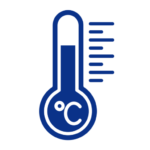
Temperature
pH Levels
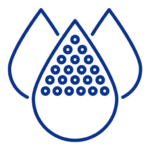
Salinity

Turbidity

Total Hardness
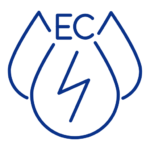
Conductivity
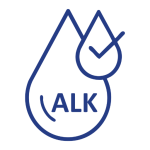
Total Alkalinity

Total Nitrogen
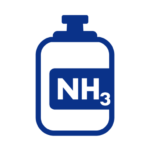
Ammonia (NH₃)
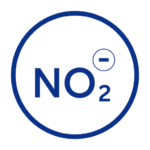
Nitrite (NO₂⁻)
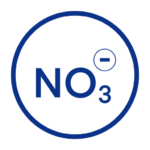
Nitrate (NO₃⁻)
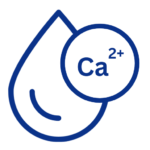
Calcium (Ca²⁺)
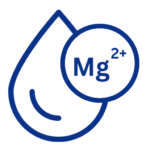
Magnesium (Mg²⁺)
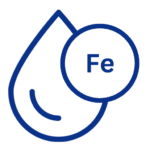
Iron (Fe)
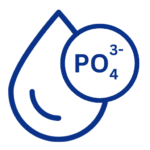
Phosphate (PO₄³⁻)
Resolving the Water Crisis
HydroNeo's SMARTER Solutions
HydroNeo’s smarter solutions combine precise water monitoring with advanced automation to support aquaculture, industries, and daily living. By optimizing water management, HydroNeo promotes healthier ecosystems, enhances industrial efficiency, and improves the quality of life for everyone.
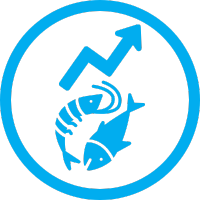
Smarter Aquaculture
Designed for aquaculture farmers and food producers, HydroNeo tracks key parameters like dissolved oxygen (DO), pH, and temperature, creating optimal water conditions for aquatic species. This smarter approach minimizes losses, boosts productivity, and ensures sustainable food production.
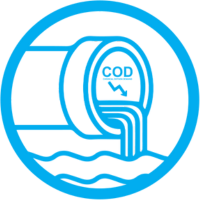
Smarter Industries
For industrial leaders and operations managers, HydroNeo monitors key water metrics to improve the quality of released wastewater, ensuring compliance with environmental standards. This smarter solution supports sustainable operations, protects ecosystems, and enhances industrial efficiency.
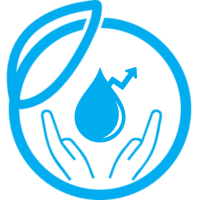
Smarter Living
For households, communities, and recreational spaces, HydroNeo ensures optimal water conditions for daily use. By monitoring essential water metrics, this smarter solution supports healthier aquatic environments, enhances water safety, and provides consistent, reliable water quality for everyone.

Message from the CEO
At HydroNeo, we’re transforming how operations are managed by turning data into actionable insights through advanced water monitoring and enhanced automation. No more guesswork, no more gut feeling—just smarter choices for better results. With our shared mission, this is just the beginning.
Together, we’re shaping a smarter future where our technology empowers farmers, industries, and communities everywhere.
Fabian Reusch
CEO & Founder, HydroNeo
Our Recognition in Water Excellence
HydroNeo’s smarter water monitoring solutions have earned prestigious awards and industry recognition. These accolades reflect our commitment to real-time insights, sustainable innovation, and creating meaningful impact in water management.

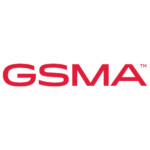

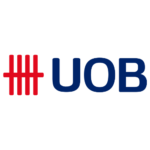
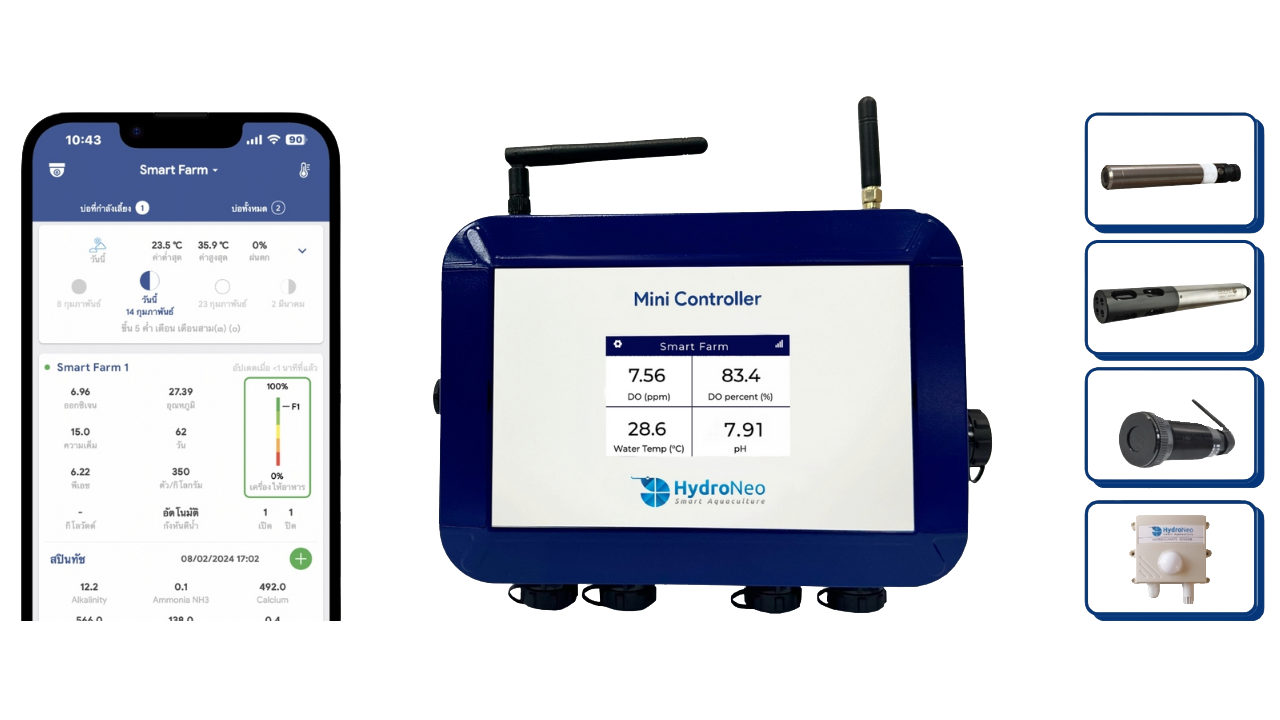
Meaningful Partnerships for a Smarter Water Future
At HydroNeo, collaboration fuels progress. By uniting with businesses, communities, and innovators, we drive transformative change, pioneer cutting-edge technologies, and pave the way for a smarter, more sustainable future in water management.

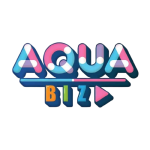



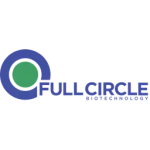
Get in Touch
Let's do this together!
Let's do this together!
We’d love to hear more from you! Please complete the form below:
After sending the message, please expect us to get back to you within 24 hours.
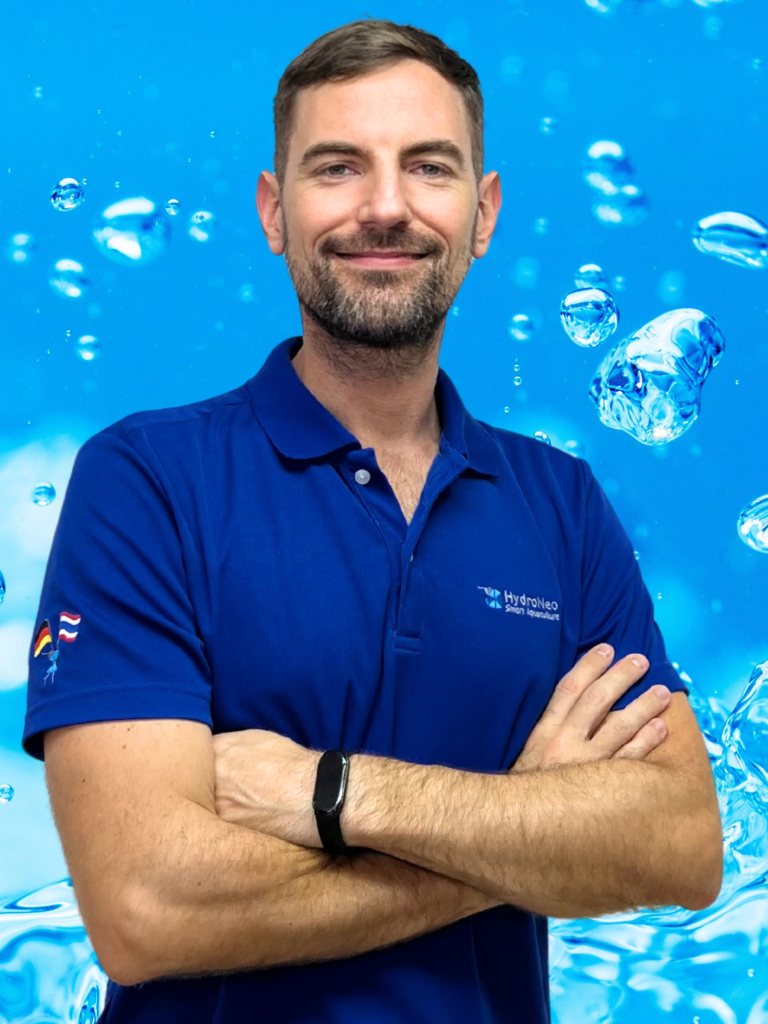
Water drives life; HydroNeo’s smarter solutions drive its future.
— Fabian Reusch —
#HydroNeoOnReplay
Celebrated Moments, Achievements, and Milestones
Every drop of progress matters. Through dedication to smarter water management, we’ve made a difference for farmers, industries, and communities. These snapshots capture the stories, successes, and smiles that inspire us to keep going.
